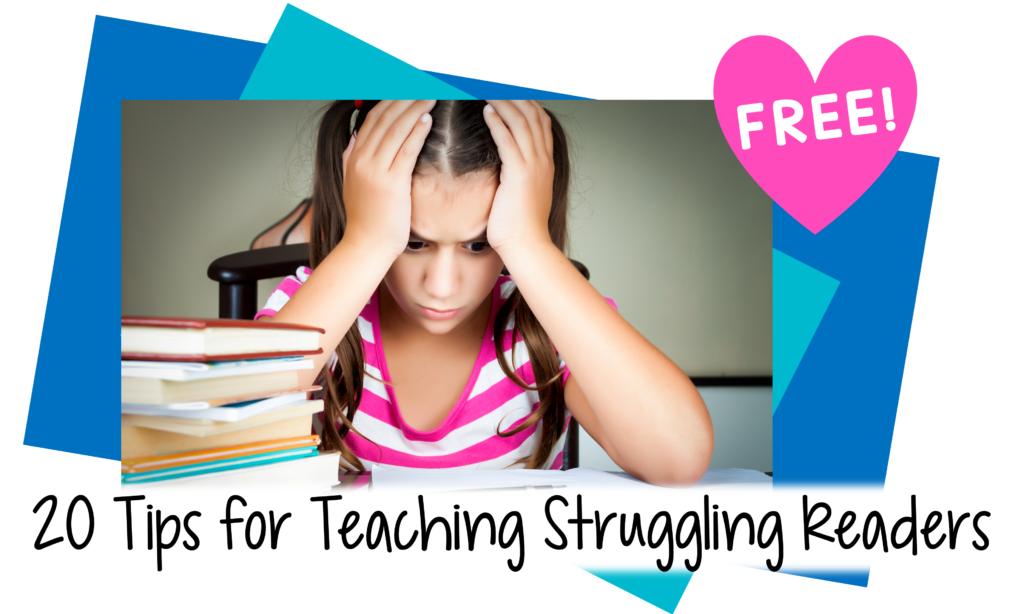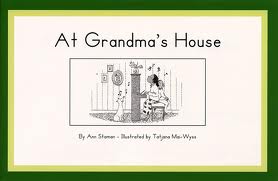
Don’t you love getting ready to tutor a new student? You look forward to getting to know this youngster as a reader, and as a person, too. It’s wonderful to anticipate using your own teaching strengths to help someone else experience the joy of literacy. Aren’t we reading teachers the luckiest people in the world?
I’ve mostly retired from tutoring now, but I remember the feeling of excitement when preparing to work with a new student.
Let’s go on an imaginary adventure together. We’ll pretend I am preparing to teach a 6-year-old named Reese. Say his mother has told me Reese is having trouble learning letters and sounds, and she wants to give him some extra help over the summer before he enters first grade. I’m rubbing my hands together, just thinking of it.
Well, actually, I’m typing.
In an intake form like the one on the right, I fill in all the contact information and add any other details that Reese’s mother has provided. Maybe she has some comments from Reese’s teacher or report card, or perhaps she has made some observations on her own.
I write everything down, but don’t be surprised if your own observations of the student don’t match such parent or teacher statements. That happens sometimes.
The next step is printing up the pages on which I will keep track of each lesson’s focus and the books we read. As I prepare this form for tutoring, I am reminded that reading progress happens lesson by lesson, book by book. I also copy the contact info here, for easy access.
It’s tough when the parents are late to pick up their child, your next student arrives, and you can’t find the parent’s phone number. I learned this the hard way, back in the olden days before I had a cellphone. OK, that dates me…
I will also make a list of short-term and long-term reading goals for the student, but I like to wait and do that after we have met for a few sessions. Here’s a form for that, too.
I’ll offer a meet-and-greet session to Reese’s mother, no charge, so she can decide whether Reese and I are a good fit, and so he can see what tutoring will be like.
Because this is an imaginary student, I can entertain the idea of meeting in person. No pandemic to worry about.
At the meet-and-greet, I go over a typical lesson and show kids the type of materials we will be using. I try to remember to ask students their favorite color, so I can choose their student folder to match.
While Reese draws a picture, his mother and I go over the tutoring contract, which I have them review and sign at home. I include a document with my teaching philosophy and tutoring policies (lateness, no-shows, etc.), so there won’t be any confusion or misunderstanding.
Now let’s go back to the fun stuff–thinking about using our teacher skills.
The first tutoring session will be devoted to assessment, so I’ve got to get my testing materials ready. I am a strong believer in assessment, but wouldn’t want to spend too much time on it, when only tutoring for a few weeks during the summer. For Reese, I’ll start testing by going through all the letters and sounds to see which ones he knows.
Once I’ve done the letter assessment, I’ll compile the results on a phonogram checklist. That will also help me keep track of the letters I need to teach. This one is editable, so that I can type in the sounds I want to teach, and in what order. After I know which letters Reese needs, I’ll get letter cards ready, and create an alphabet book for him.
I get my letter cards ready, as well as an alphabet book for Reese. Since his mother emphasized his need for letter instruction, I think I’ll use the letter book where he can choose his own images to go with the letters. Hopefully that will motivate him and add the multisensory feature to his learning.

I will also want to figure out Reese’s reading level. I normally give a running record assessment, but in Reese’s case, I might simply start with Level 1 and see how it goes from there. Being biased, I usually start with my own Handprints leveled readers. I am so proud of the way they help teach strategic reading, sight words, decoding, and language skills as the levels increase. Just saying! I grab a couple of those books for the informal assessment.
Below is a free Handprints sample for you, and it’s one of my favorite books, At Grandma’s House, but it’s at a higher level than the ones I would be using with Reese. (Don’t tell anybody, but I was annoyed when the publisher made my favorite book free!)
If there’s time during the testing session, I will see how many words Reese can write without my help. This writing activity usually gives a good indication of a child’s abilities and needs, such as whether they are spelling visually or phonetically.
By the way, this is a great activity to give to a whole classroom on the first day of school. The results are very informative. And you don’t need any special testing materials to complete this–just blank pieces of paper!
Now I’ve got most of my materials ready for testing and for the first tutoring session. I’ll also include some sight word cards, once I figure out which high frequency words he knows and needs. See the editable sight word cards in the GIF below.

I’m chomping at the bit to begin teaching Reese!
I hope you are inspired to get ready for your own tutoring adventure. With many schools teaching remotely over the past year because of COVID, there certainly is a need right now for reading tutors. Whether you plan to tutor in person or online, I wish you the very best with your tutoring!
Please leave below any comments or questions you may have about getting back to tutoring. Having tutored both in person and online, I may be able to help you. If not, we can certainly all help each other.
You can also check the Blog Index at the top of the page for posts about tutoring online.





















Leave a Reply